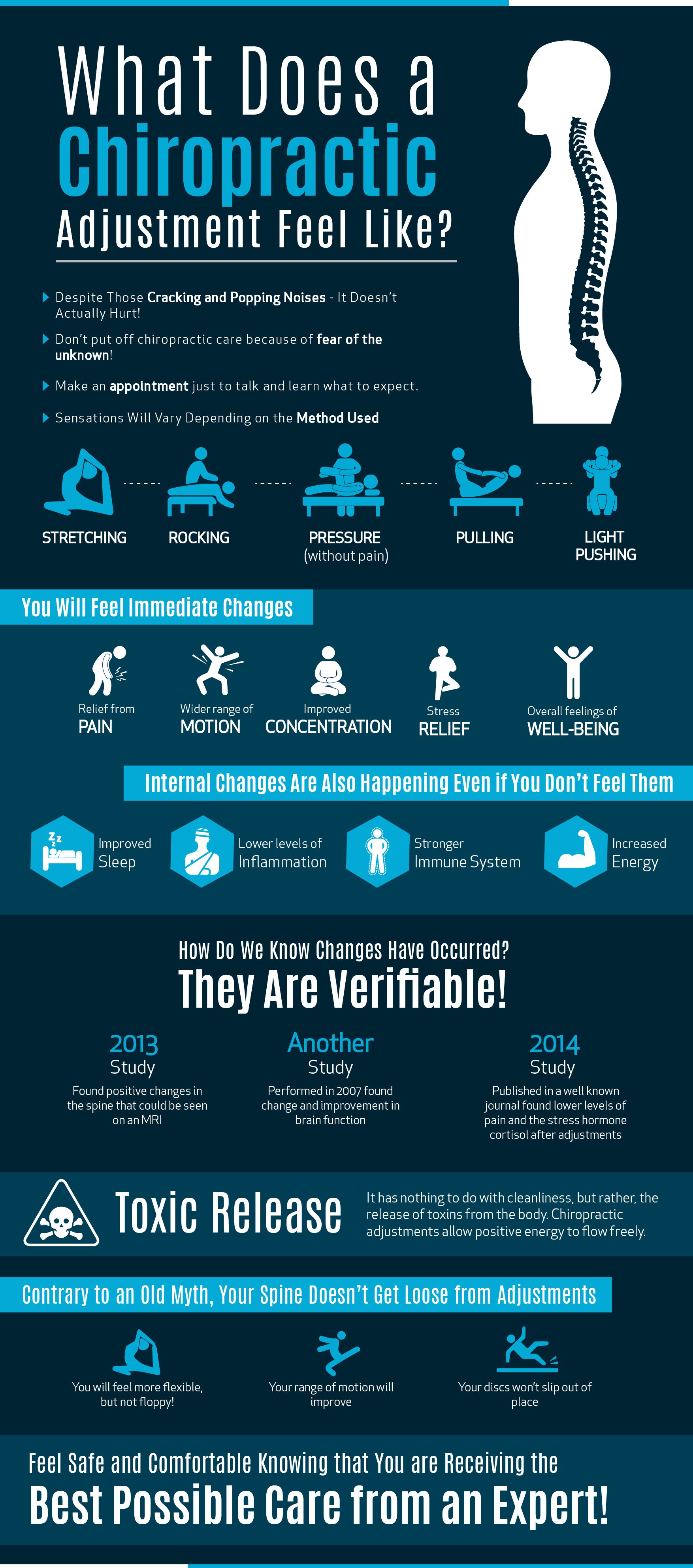A Comparative Analysis Of Acupuncture And Alternative Pain Management Approaches
A Comparative Analysis Of Acupuncture And Alternative Pain Management Approaches
Blog Article
Team Author-Kaufman Stafford
When you think about discomfort monitoring alternatives, you may find yourself weighing the advantages and disadvantages of various techniques, including acupuncture, non-prescription medicines, and physical therapy. While numerous techniques use relief, they usually feature their own set of difficulties, like adverse effects or extensive treatment times. Acupuncture attracts attention for its special capability to promote self-regulation with fewer threats. Yet just how does its performance contrast to more traditional techniques? The nuances of these methods can substantially impact your selections, and exploring them better might lead to shocking insights.
Review of Discomfort Administration Techniques
When it involves taking care of pain, you have a range of methods at your disposal. These techniques can range from typical approaches to much more alternate therapies. Comprehending your choices is critical in finding what functions ideal for you.
One usual technique is over the counter medications like ibuprofen or acetaminophen, which can provide quick relief for mild to modest discomfort. Prescription drugs, including opioids, might be necessary for extra severe discomfort, though they include threats of dependency and adverse effects.
Physical therapy is another efficient approach, focusing on exercises and stretches to enhance muscle mass and improve flexibility. This approach usually helps in taking care of persistent discomfort conditions.
In addition, some people turn to more all natural options, such as massage therapy, which can ease tension and boost flow.
Mind-body techniques, like mindfulness reflection or yoga exercise, help you manage pain by minimizing tension and improving your psychological strength.
Finally, way of living changes, such as preserving a healthy diet plan and regular workout, can play a vital duty in general pain administration. Each strategy has its advantages and disadvantages, so it's necessary to discover what fits your demands and choices best.
Advantages of Acupuncture
Acupuncture offers a distinct method to discomfort monitoring that stands out amongst different techniques. By targeting specific factors on your body, it boosts the flow of energy, or "qi," promoting natural recovery and decreasing pain.
Among the largest advantages is its marginal negative effects. Unlike some medicines, which can bring about reliance or unwanted health and wellness issues, acupuncture is an alternative treatment that motivates your body's self-regulation.
You'll likely locate that acupuncture sessions can help relieve persistent discomfort, frustrations, and also stress and anxiety. https://www.medicalnewstoday.com/articles/172943 experience a feeling of leisure and well-being throughout and after treatment, which can enhance total quality of life.
Plus, it's a versatile choice; it can be made use of together with other therapies, making it a great complement to your existing pain monitoring strategy.
One more significant advantage is that acupuncture can be customized to your particular needs. Your professional will certainly assess your condition and develop a personalized therapy plan, guaranteeing you get the care that finest sustains your recuperation.
With its old origins and growing approval in modern medicine, acupuncture attracts attention as a compelling alternative for pain alleviation.
Contrasting Effectiveness and Outcomes
Pain administration techniques differ commonly in their efficiency and end results, making it crucial to comprehend just how they compare to each other. When taking into https://autoaccidentdoctors39406.is-blog.com/38903956/just-how-chiropractic-care-adjustments-can-substantially-enhance-your-health-and-quality-of-life like acupuncture, physical therapy, and medicine, you'll find unique distinctions in just how each approach addresses pain.
Acupuncture, for example, often offers relief for chronic discomfort conditions, with studies revealing substantial enhancements suffering levels for many individuals.
On the other hand, drugs like opioids can successfully handle acute pain but lug risks of reliance and side effects.
Physical therapy focuses on rehabilitation and might take longer to show results, which can be discouraging if you need instant alleviation.
When assessing these methods, think about your specific discomfort type and your personal health and wellness objectives. Some people locate that a combination of methods works ideal for them.
As an example, you could take advantage of acupuncture sessions together with physical treatment to optimize healing.
Ultimately, recognizing the effectiveness and outcomes of each technique will help you make educated choices about your discomfort administration method, allowing you to select the technique that ideal suits your requirements and way of life.
Verdict
In summary, acupuncture stands out as a useful option to standard pain administration approaches. It supplies fast relief and cultivates self-regulation without the threats of dependency associated with medications. While physical treatment might require even more time for outcomes, acupuncture can supply immediate advantages, making it an enticing option for those seeking relief from persistent pain and stress and anxiety. By including acupuncture right into your pain monitoring plan, you can boost your total health and recover control over your wellness.
